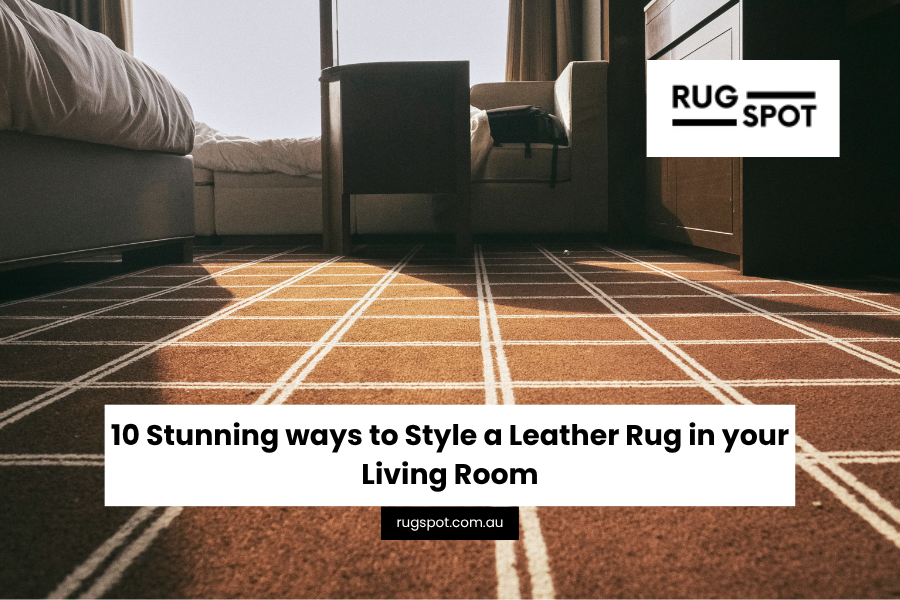You must know before buying rugs
Rugs are made in one of the following ways:
Handmade vs. machine-made rugs:
Hand Knotted – This technique was first mastered by Persian and Turkish rug weavers. Hand-knotted rugs are made on Vertical looms (used to produce high-quality rugs) or Horizontal looms (lower quality and Kelims) using a design template called “Cartoon”. A rug is woven by knotting a yarn to the cross-section of warp and weft tightly wrapped to a wooden or metal frame called the “Loom”. The process of knotting is slow as it requires experience. Hand-knotted rugs are a cottage industry and should be viewed as a work of art.

Hand Loom - An faster weaving technique is Hand-loom used for simple repeatable patterns. This is done on a horizontal loom using a similar method as making garments.

Hand Woven - This term is loosely used to describe anything which is made using hands.

Printed - A very fast production method is to laser print the pattern on a white cloth. This technique is often used for less expensive productions
Hand Tufted – Developed as an alternative to hand knotting, this technique speeds up rug production. Tufting starts by stenciling the design onto a tightly stretched net on a frame (loom) and using a tufting gun, tufts of yarn are passed through the holes in the net in a “v” shape. Once the tufting is complete, the back of the net is glued to secure the tufts. Finally, the back of the rug is covered by a finishing cloth to hide the tufting ends and the glue. This method is fast and efficient, however, there are long-term durability issues.

Machine Made – or Power-Loom A fast and efficient way of to mass produce Rugs relatively cheaply is by using modern industrial machinery in a factory environment. Machine-made rugs can be made in a variety of qualities from very low to high. Machine-made rugs are well-made, durable, and a great substitute for Hand-knotted rugs.

Jacquard - This is the same technique as Machine-made using an old mostly manual rug manufacturing. this is used to produce low-quality product
How to differentiate between Rug types?
Hold a corner of the rug and fold it one way and then the other. Machine-made rugs fold easily in one direction but not the other. Tufted rugs are easy to identify with a plain cloth covering the entire back of the rug. Hand-knotted rugs are soft when you fold them in any direction and nearly always have a natural fringe which is an integral part of the rug and is not sewn on.
Pile rugs and Flatweaves
Rugs can be with pile and without piles called “Flatweave”
- Pile rugs, like plush carpets, feel soft. The longer the pile, the softer it feels.
- Flatweaves (No pile) feel hard and are faster to make. They are light in weight and inexpensive.
How to work out quality?
There are a number of factors determining the quality of a rug. These are summarised below:
- Density – A very important factor in determining the quality of a rug is the knot count in hand-made rugs and point count in machine-made rugs (1 Knot is equivalent to 2 points). The higher the number of knots or points, the better the definition.
- Material composition – Equally important is the type of yarn used to make the rug. Silk and wool are used to produce hand-knotted rugs. Wool, Acrylic, Polypropylene, and Polyester are used to produce tufted and machine-made rugs.
- Material quality– Yarn quality results in luster, softness, and – in the case of wool and acrylic – shedding. The thinner the yarn used, the more knots/points are required to produce the product resulting in more time and more material and therefore a higher price.
- Design – Applicable to hand-knotted and tufted rugs, the more intricate and perfect the design, the longer and harder it is to produce.
- Shape – In hand-knotted rugs with straight sides are and correct size proportion adds to the value of the rug
- Other factors such as the dying process (colorfast), colour combination, colour toning, and shedding
If you have further questions regarding Rug Buyer’s guide to manufacturing methods, please feel free to contact our professionals at Rugspot. We will be happy to assist you.




